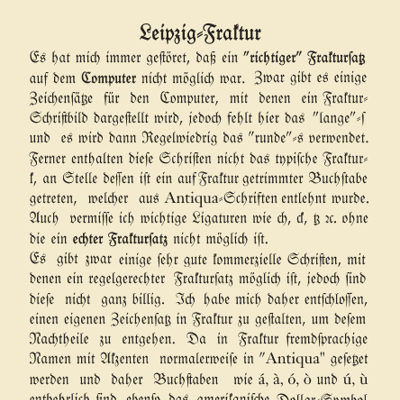
Translated into English, it reads: After a short vowel ſſ or ſs is used, after a long vowel ſʒ (ß). This text was written at a period when Latin types often did not have an ß in them. The bottom could be ſʒ or a cleaned-up version of ſs. This is where some naming confusion originated. The right part of the small “s” looks very much like the blackletter “z” (ʒ), so the resulting cleaned-up shape looks like a long “ſ” and a “ʒ” combined. In Holland, I was taught that the ß in blackletter is a combination of a long and a short “s”, glued together and cleaned up a bit. The ß is still used in German texts today. German texts printed Latin-script types around 150 years ago commonly featured it, too. Andrée’s Weltaltas, 1880.Ībout 250 years ago, the combination of a long and short “s” was abundantly used in English. Blackletter eszetts: one Textura style, one Schwabacher, and a cool “z”.

In blackletter, this character often looked like a combination of a long “s” and a “z”. This perfectly evolved shape is found in many fonts today.Īlso around 500 years ago, blackletter was fashionable, following architectural styles.

Italian writing masters like Arrighi, Tagliente and Palatino used this ligature in various styles: Arrighi, Tagliente, Palatino, five centuries ago. What does the lowercase German double‑s shape look like again? It exists in countless variations, let’s first find out why, before I focus on the new capital letter.Īround 500 years ago, the ligature of a long ſ and a short s was used in many Latin-script languages. The shape of the new 1E9E LATIN CAPITAL LETTER SHARP S


 0 kommentar(er)
0 kommentar(er)
